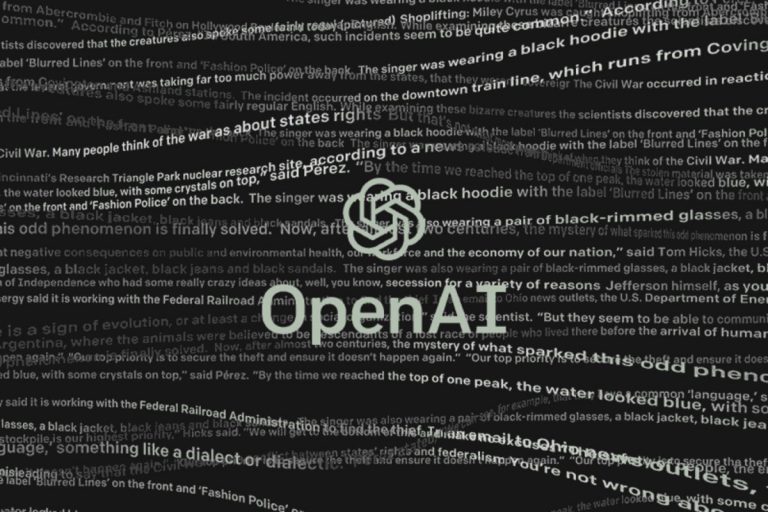There are many people who would disagree strongly with this headline, but it’s where the startup world is for many founders. Just because the startup and CTO pairing has “worked” historically, it doesn’t mean there isn’t a better alternative.
This post will highlight what we believe to be the better option for the modern day startup equipped with team members of a new cultural generation.
Startups are created with an idea that a technology build will support. And so the startup has two options:
- Hire a CTO to build the product, or
- Engage a consultant who works with a team to build it.
I’ve been involved in this decision here at Station Five many times, and frankly, neither work in the way I’ve seen it done. If you don’t have a CTO as part of the founding team, don’t search for one.
The process of bringing in a CTO is laborious, and simply doesn’t work.
How Founders Attempt To Hire A CTO
Founders bring on a CTO to support a capital raise, advance their technology, or even build their initial product. It’s through this that a founder will offer the CTO equity. This is for one of two reasons:
- The startup can’t afford the market rate of a CTO, so they offer the equity to compensate, or
- The startup wants to align the interests of the CTO with the interests of the business.
The former makes some sense, the latter is categorically flawed. You want to provide equity to a CTO so they magically care enough to support your interests?
Surely that can’t be right. But, it’s what most founders do.
The CTO and the Startup: Why They’re Too Often Misaligned
Technology experts (in this case CTOs) see what they produce as art; they want to create the highest quality product. Like a pianist writes new music as their art form, code is art for a CTO. And while this may seem farfetched, trust me when I say the algorithms I’ve seen written are nothing shy of brilliant.
As a founder, perfection is not a luxury you have.
You need to do things quickly.
But why is this even relevant? It’s relevant because you now have an impossible paradox to solve where even if you find the “right” CTO, they want to take their time and create art, while you need a minimum viable product fast.
Let’s look at Facebook as an example of success.
Facebook: How Mark Zuckerberg Created A Juggernaut by Moving Fast
Mark Zuckerberg and his team didn’t have the luxury of time. They knew they had to capture market share quickly.
So, when the first version of Facebook was created, Mark Zuckerberg wrote it in a programming language called PHP. Later, Facebook discovered that PHP wasn’t the best programming language in order for their software to scale.

But instead of building the social network in another language from the ground up, they hired engineers to make PHP better! It was totally unheard of and raised many eyebrows amongst developers everywhere.
That version on PHP is now called HHVM; a subtype of the original PHP built for Facebook, by Facebook. But it needed to exist. Facebook had to scale across multiple servers and this was the best way of achieving it.
CTOs unfortunately have a habit of choosing the best tech for the problem. Strong founders want to get to a solution in record time to prove concept, iterate, and sell. Is your CTO making decisions that act to support the requirements of your founder?
Too often at Station Five, we’ve witnessed startups employing a CTO whom they think they’re aligned with. Two years later, we see they still don’t have a product, but alas, “the tech is such high quality”.
There are multiple ways to prevent this from occurring, and one is the way we do things (shameless plug incoming): Our model exists to solve this potentially startup-ruining problem for the founder.
Getting Your Startup To Market Quickly: How We Align With The Goals of a Founder
It works like this: Our developers are engaged for a project on a month-to-month basis, with our customers knowing the budget they have and the product they wish to build.
For example, the customer engages us for three months, as that’s the estimated time for completion. The right developer is then recruited and managed by us on a fixed term to carry out the work.
And now here’s the difference: If the developer doesn’t finish the project in time, and messes around, their contract isn’t renewed. Why? Because there is no additional work if the founder couldn’t sell their product.
Obviously, if you as the customer don’t have a proof of concept, you can’t sell it. So that developer is stuck looking for another job.
Put simply, with our model, the developer and the founder’s interests and visions are perfectly aligned. If the product is developed on time, the founder can sell it to customers, and leverage this capital to keep building new features.

Compare that to the usual tussles between a CTO and a founder where the debate is always the same: “Let’s release the product quickly” vs. “We need to get it right first”.
We work with startups because our interests are aligned. It’s obviously very different from large corporates and government, which is why we stopped working with them in January 2020.
Of course, this isn’t the only way to do things, and there are some complexities to our model that make it work seamlessly for founders, enabling them to focus on running the business and not managing technology. If you have any questions about that, feel free to get in touch.




